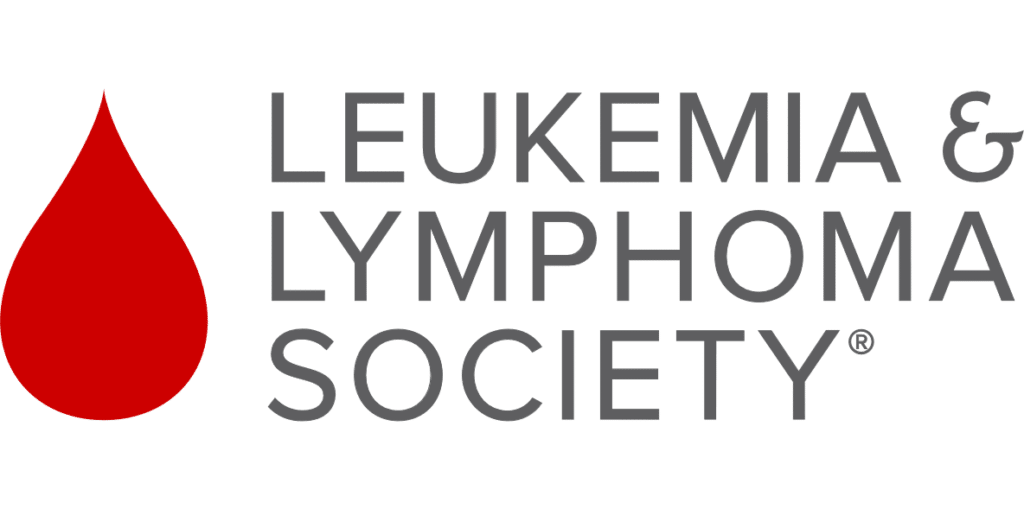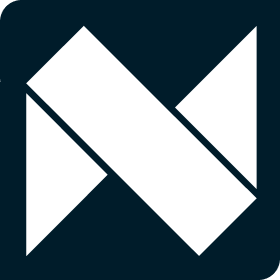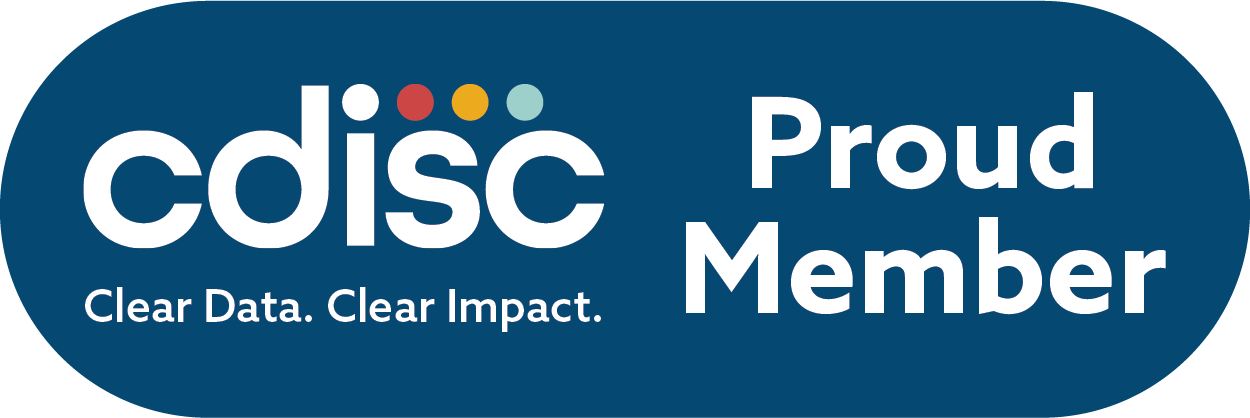Narrativa Pathway for Safety Narratives Automation
How LLS accelerated patient narratives with AI—Saving time, costs, and lives

The Leukemia & Lymphoma Society (LLS) is a non-profit organization dedicated to finding cures and ensuring access to treatments for blood cancer patients. It was founded in 1949 and has since become one of the largest voluntary health organizations in the United States.
LLS funds research, educates and supports patients and their families, and advocates for policies that benefit blood cancer patients. LLS required Narrativa’s solutions because they wished to further enable their stated mission of bringing support to blood cancer patients sooner and more effectively. Furthermore, the quality and consistency of human-authored patient narratives fell below the organizational standards due to sheer volume and the inability of the medical writing teams to address them in a timely manner.
Through the power of the Narrativa Navigator platform, LLS is now fully automating patient safety narrative reports, large portions of CSRs (clinical study reports), and TLFs (tables, listings and figures) to fast-track the clinical trial regulatory documentation process of their drug discovery helping to bring more life-saving cures to patients around the globe.
Patient safety narratives are intended to communicate adverse events that could be associated with the therapeutic agent under investigation. The process of authoring them requires medical writers to analyze the provided data, identify the safety signals, and then write concise narratives that clearly and effectively communicate the information collected while the study was conducted. As the volume of data increases (i.e. increased number of patients, the complex nature of the therapeutic area, and many others), the process of drafting correct and consistent narratives becomes challenging. Narrativa, a leading provider of generative AI automation solutions, supports medical writing teams by automating the authoring process of these narratives.
KPIs
- Time Savings: The first measured KPI was the time savings achieved when utilizing Narrativa’s generative AI automation solutions. This KPI involved tracking the time spent on data analysis, narrative authoring, and the reviewing/editing processes before and after implementing the solutions.
- Cost Savings: The cost savings KPI tracked the cost spent on resources.
- Quality and Accuracy: The quality and data accuracy of the AI-generated patient safety narratives was compared to those drafted manually. A scoring system was put in place to assess the clarity and accuracy of the generated narratives.
- Consistency: The next KPI assessed was consistency. This was a critical KPI since the safety information needs to be presented uniformly and adhere to a pre-specified template. For this domain, the consistency of the AI-generated narratives was validated against manually-created ones through independent audits and using a scoring system.
The Impact
- 72% Time Savings: The use of Narrativa’s generative AI solutions to automate the authoring of patient narratives saved medical writers an average of 72% of the time spent on data analysis and narrative creation compared to manual processes.
- 68% Cost Savings: The cost per project dropped 54-68% on average; as less time was spent working on the same project, more projects were able to be handled. This led to a tremendous increase in cost savings.
- 100% Data Accuracy: The solution produced 100% data accuracy. An average of 83% improvement in the quality of the initial draft was also observed. This resulted in a significantly lower internal draft rejection rate.
- 99% Consistency: Consistency was measured at a rate of 99% across all narratives produced by Narrativa, compared to the consistency rate of 68% with the manual approach.
Outcome
Using Narrativa’s generative AI-based patient narrative automation solutions improved the overall efficiency, quality, and consistency of the safety narratives. With Narrativa, data analysis and narrative creation processes reduced the time spent by medical writers and improved the style and consistency of the documents. User satisfaction was high. Regarding areas where further benefits could be realized, LLS cited that having begun implementation before the database was locked produced further successes. Risk was mitigated, data discrepancies decreased, and medical writers were afforded more time to execute deeper quality control exercises. LLS also mentioned that the potential scalability of the solution is unparalleled in today’s marketplace.



